Ground Seesaw Seochon (그라운드시소 서촌)
1.9Km 2023-01-16
18-8, Jahamun-ro 6-gil, Jongno-gu, Séoul
Le complexe culturel Ground Seesaw se trouve à Seochon dans l'arrondissement de Jongno-gu, un endroit où l'histoire, l'art et la culture se rencontrent. Le lieu a été créé par Media N Art, une société de production d'expositions, et conçu par le cabinet d'architecture SoA et l'entreprise paysagiste Loci Studio. Nous vous invitons à découvrir Ground Seesaw pour découvrir une variété d'expositions.
Palais Gyeongbokgung (경복궁)
1.9Km 2025-09-19
161, Sajik-ro, Jongno-gu, Seoul
+82-2-3700-3900
Yi Seong-gye (1335-1408), le fondateur de la dynastie Joseon, déplaça la capitale à Hanyang (l’ancien nom de Séoul) et construisit Gyeongbokgung, le premier palace de la dynastie. Terminé en 1395, Gyeongbokgung fut le premier palais royal où le roi non seulement résidait mais aussi dirigeait le pays. Edifié sur les principes du feng shui de l’époque, le site choisi était entouré des montagnes Bugaksan, Namsan, Inwangsan et Naksan. Le palais est exposé au sud pour bénéficier de la plus longue exposition au soleil avec les montagnes derrière qui bloquent les vents froids du Nord.
En tant que palais royal, son architecture représente ce qui se faisait de mieux à l’époque. La porte Gwanghwamun, la porte Heungnyemun et le hall du trône Geunjeongjeon furent construit dans un style grandiose pour représenter la dignité et l’honneur de la nation.
La palais Gyeongbokgung possède de nombreux atouts culturels : ses murs en pierre, ses toits et ses statues Haetae reflètent le degré d’avancement architectural de la dynastie Joseon. Le pavillon Gyeonghoeru (où se tenaient des banquets pour les délégations étrangères et pour le roi et ses dignitaires) et le bassin Hyangwonjeong (un endroit pour la détente) sont considérés comme les plus beaux exemples du genre en Corée.
Ne manquez pas de visiter le Musée national folklorique situé à proximité après votre visite du palais (entrée gratuite).
Musée d'art Daelim (대림미술관)
2.0Km 2025-04-18
35-1 Tongui-dong Jongno-gu Seoul-si
+82-2-720-0667
Le Musée d'art Daelim, fondé par le Groupe Daelim, fut d’abord établit à Daejeon en 1996 et fut deplacé plus tard à Jongno (Séoul), en 2002. Cette galerie d’art étudie, analyse et présente l’art moderne à travers la photographie et organise des expositions centrées sur le média photo.
Le musée d'art est situé dans la zone résidentielle de Tongui-dong, près du Palais de Gyeongbokgung. Elaboré par un architecte français, Vincent Cornu, et construit par l’entreprise Daelim, il a ouvert ses portes en mai 2002.
Au rez-de-chaussée se trouvent un jardin, un parking, une réception, un espace de rangement, et une salle de conférence. Au premier et au deuxième se trouvent les bureaux ainsi qu’une salle d’expositions de 595m² consistant en une petite et une grande salle, une longue galerie ainsi qu’un espace possédant un haut plafond. Au troisième étage vous trouverez une salle pour les séminaires pouvant accueillir 120 personnes ainsi qu’un balcon avec une très jolie vue d’où vous pourrez admirer les monts Inwangsan et Bukhansan. Les panneaux en verre teinté (créés afin de refléter la beauté des tissus traditionnels coréens) et les pittoresques salons au premier et au deuxième ajoutent à l’ensemble un certain charme.
Par-dessus tout, le musée fut élaboré en considérant les photos, lesquelles sont très sensibles à l’humidité, la lumière et la température.
Festival de la culture royale (궁중문화축전)
2.0Km 2025-09-03
161, Sajik-ro, Jongno-gu, Seoul
+82-2-3210-4684
Le festival de la culture royale a lieu dans les 5 palais du pays et dans le sanctuaire de Jongmyo. Organisé depuis 2014 entre la fin avril et le début du mois de mai, les visiteurs ont ici l'occasion d'apprécier des programmes originaux en rapport avec la culture traditionnelle et royale de Corée dans les différents palais de Séoul tout en profitant du temps clément du printemps. Le festival est désormais organisé deux fois par an, au printemps et en automne.
세종마을 음식문화거리
2.0Km 2025-11-03
24, Jahamun-ro 1-gil, Jongno-gu, Séoul (Chebu-dong)
À proximité, le quartier de la gastronomie, autrefois connu sous le nom de marché de Geumcheon, a obtenu en 2011 le nom officiel de « rue de la culture alimentaire de Sejong Village ». En réalité, « Sejong Village » est le nom donné à l'endroit où est né le roi Sejong. Bien que ce soit un quartier portant le nom d'un roi, l'atmosphère est celle d'une rue populaire animée. Ce qui rend ce quartier attrayant, c'est la coexistence harmonieuse entre les anciens restaurants bien établis, réputés pour leur goût, et les nouveaux jeunes propriétaires qui apportent des lieux tendance. Il existe de nombreuses options pour satisfaire à la fois ceux qui cherchent à retrouver leurs restaurants nostalgiques et ceux qui explorent de nouveaux lieux à la mode sur les réseaux sociaux. Avec la popularité croissante des établissements, non seulement la rue principale, mais aussi les ruelles sont désormais remplies de restaurants uniques, faisant de ce quartier une véritable destination gastronomique de Jongno-gu, où il est amusant de « choisir et déguster ». Le point de départ est la sortie 2 de la station Gyeongbokgung.
Musée mondial de la joaillerie (세계장신구박물관)
2.0Km 2024-12-12
2, Bukchon-ro 5na-gil, Jongno-gu, Seoul-si
+82-2-730-1610
Le musée mondial de la joaillerie se situe dans une ruelle du quartier Samcheong-dong, à l’est du palais Gyeongbokgung, où sont regroupés de nombreux musées et galeries d’art.
Le directeur du musée a collectionné environ 3 000 pièces dans une soixantaine de pays pendant 30 ans, et il en a exposé environ mille ici.Le rez-de-chaussée se compose d’un mur d’ambre reflétant les 5 000 ans de l’histoire de la Terre, de la Chambre Eldorado revêtue d’or qui a fasciné les européens du XVIème siècle, de la salle des colliers mettant en valeur les techniques somptueuses, de la salle du crucifix qui crée une atmosphère paisible et calme.
Au premier étage se trouvent le mur de bagues et celui de masques qui vous inviteront à la méditation, la salle d’ivoire et de perles agencée de manière à découvrir la beauté de l’art de la décoration intérieure, et la salle dédiée aux parures modernes.
Parc Sajik à Séoul (사직공원(서울))
2.0Km 2022-09-19
89, Sajik-ro, Jongno-gu, Seoul-si
+82-2-2148-2834
Le parc Sajik est l’un des trois parcs les plus populaires de Jongno-gu, avec le parc Tapgol et le parc Samcheong. Situé à l’Ouest du complexe du gouvernement central, au Sud-Est du mont Inwang, le parc possède la taille impressionnante de 188,710 m².
Le nom du parc remonte à 1395, lorsque Taejo Lee Sung-gye construisit le premier Sajikdan (autel dédié aux divinités d’Etat), avec en son centre, le sanctuaire Jongmyo (sanctuaire ancestral royal). « Sa » désigne la divinité de la terre, tandis que « jik » se réfère au dieu des cinq céréales. Des rituels pour obtenir une bonne récolte avaient lieu régulièrement au Sajikdan. Néanmoins, le site n’a pas été reconnu officiellement comme parc jusqu’en 1922, lors de la période coloniale japonaise.
Dans le parc, on trouve plusieurs terrains de jeux, des statues de Sin Saimdang, Hwanghakjeong et Yi I (souvent mentionné sous son nom de plum « Yulgok »), ainsi que la bibliothèque municipale des enfants. Le sanctuaire de Dangun et la bibliothèque de Jongno se trouvent à proximité. En suivant le sentier près du parc Sajik pendant environ 5 minutes, les visiteurs peuvent atteindre le parcours de randonnée du mont Inwang relativement facilement.
Dialogue in the Dark – Bukchon (어둠속의대화 북촌점)
2.0Km 2025-07-04
Gahoe-dong, Jongno-gu, Séoul (Corée du Sud)
Située près du palais Gyeongbokgung, Dialogue in the Dark – Bukchon est une exposition participative sensorielle unique qui se déroule dans l’obscurité totale pendant 100 minutes. Accompagnés par un·e Roadmaster, les participants explorent différents environnements uniquement à travers les sens du toucher, de l’ouïe, de l’odorat et du goût.
Créée en Allemagne en 1988, cette exposition internationale a été présentée dans plus de 161 villes à travers le monde, touchant plus de 12 millions de visiteurs en Europe, en Asie et en Amérique.
Les visiteurs doivent arriver 15 minutes avant l’heure de réservation pour retirer leurs billets, déposer leurs affaires personnelles et se préparer à l’expérience. L’entrée se fait à l’heure exacte via un ascenseur menant progressivement vers une obscurité complète. Pendant 100 minutes, aucune sortie n’est possible ; il est donc essentiel d’utiliser les toilettes à l’avance.
L’exposition est située à 700 m de la sortie 2 de la station de métro Anguk (ligne 3). Le quartier de Bukchon et ses environs, proches du palais Gyeongbokgung, offrent également de nombreux cafés et restaurants à découvrir avant ou après l’expérience.
Hanboknam (한복남)
2.1Km 2021-01-19
17, Bukchon-ro 5ga-gil, Jongno-gu, Seoul
+82-10-6485-8507
Hanboknam, terme signifiant littéralement 'un homme vêtu du hanbok', est un centre sélectionné par le Ministière de la Culture comme entreprise créative (2015) qui s'est installé à Séoul en 2016 (auparavant à Jeonju). Ce centre propose des services de prêt ainsi que des expositions autour du hanbok, le vêtement traditionnel coréen.
On trouve de nombreux types de hanbok disponibles dans ce centre répondant à différentes thématiques. Les employés du centre peuvent vous fournir de l'aide pour choisir les accessoires du hanbok. Les services de prêt sont répartis selon différents espaces horaires (1h, 2h etc).
Musée National du Palais de Corée (국립고궁박물관)
2.1Km 2023-03-24
12, Hyoja-ro, Jongno-gu, Seoul
+82-2-3701-7500
Inauguré en 1992 sous le nom du Musée royal, l’actuel Musée national du palais de Corée expose des reliques du royaume de Joseon (1392-1910). Près de 20.000 reliques royales des palais Gyeongbokgung, Changdeokgung, et Changgyeonggung ainsi que celles du sanctuaire de Jongmyo y sont présentées.
1. Symboles et documents royaux (Royal Symbols and Records) - La dynastie Joseon soutenant les idéaux confucianistes, le roi était donc considéré comme le souverain absolu, et le couple royal faisait figure, avec la reine, de parents de tout le peuple. Pour rehausser son autorité, la dynastie a fait fabriquer divers symboles royaux.
2. Rites ancestraux (Ancestral Rites) - Un rite ancestral se tenait dans un sanctuaire abritant les tablettes des rois et des reines de la dynastie Joseon. Ce rite était non seulement une cérémonie de culte de la famille royale mais aussi une fête de musique et de danse célébrée pour souhaiter le salut et la prospérité éternelle du pays.
3. Architecture du palais (Palace Architecture) – Le palais était une demeure pour le roi et sa famille, et le centre de politique et d’administration, où le roi gouvernait le pays. Le centre du palais de la dynastie Joseon, suivant les plans d’architecture traditionnelle, comprenait Jeongjeon, le hall principal comme centre des événements de l’Etat et de discussions politiques, et Pyeonjeon, l’office du gouvernement.
4. Sciences de Joseon (Joseon Sciences) – Durant sa première période, la dynastie Joseon oeuvrait à établir la légitimité de sa fondation et à enrichir le pays. Afin de réaliser ces idéaux, la dynastie promouvait comme jamais auparavant des domaines tels que les sciences ou la médecine et développait diverses armes pour la défense nationale.
5. Vie de la famille royale (Royal Life) - Le roi et la reine étaient les figures symboliques de la dynastie Joseon, mais ils étaient également comme le peuple ordinaire dans leur vie privée au palais. Le palais était divisé en différentes sections : office du roi, demeure pour la reine, bureau du prince héritier. Chaque espace contenait des meubles appropriés, qui étaient fabriqués avec des matériaux de haute qualité selon de stricts critères pour la famille royale.

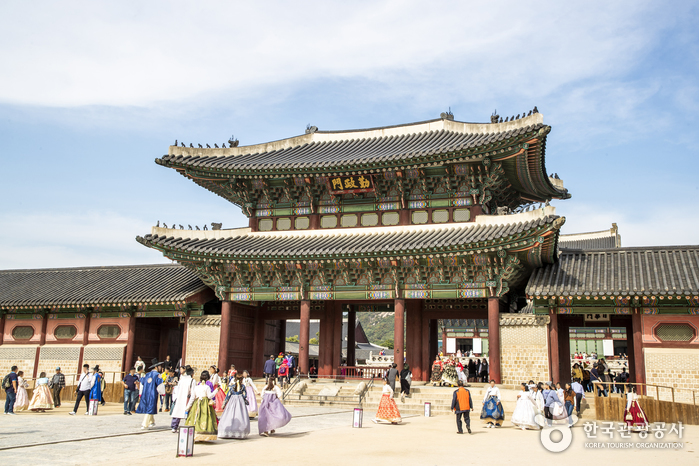
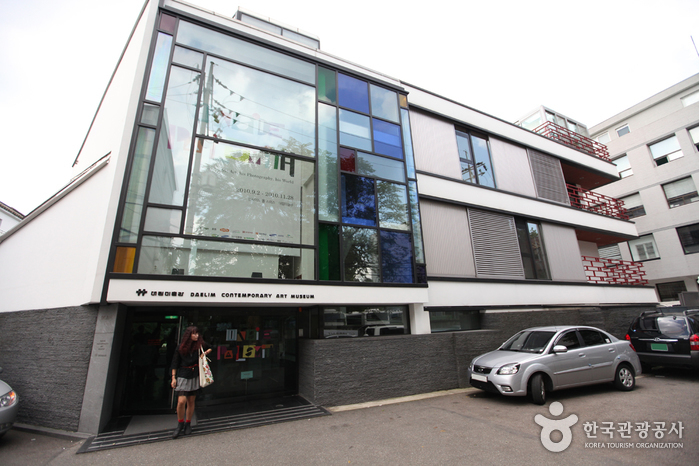
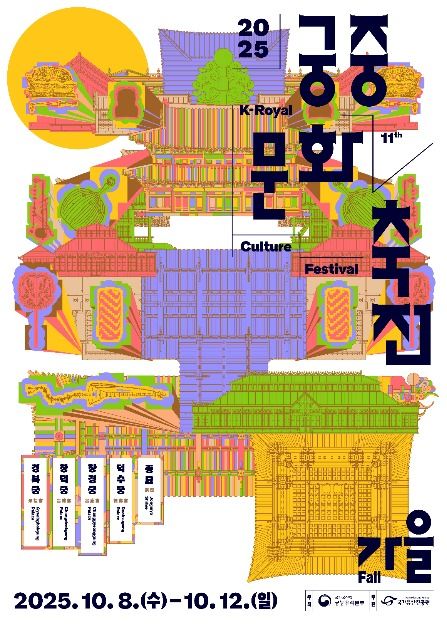
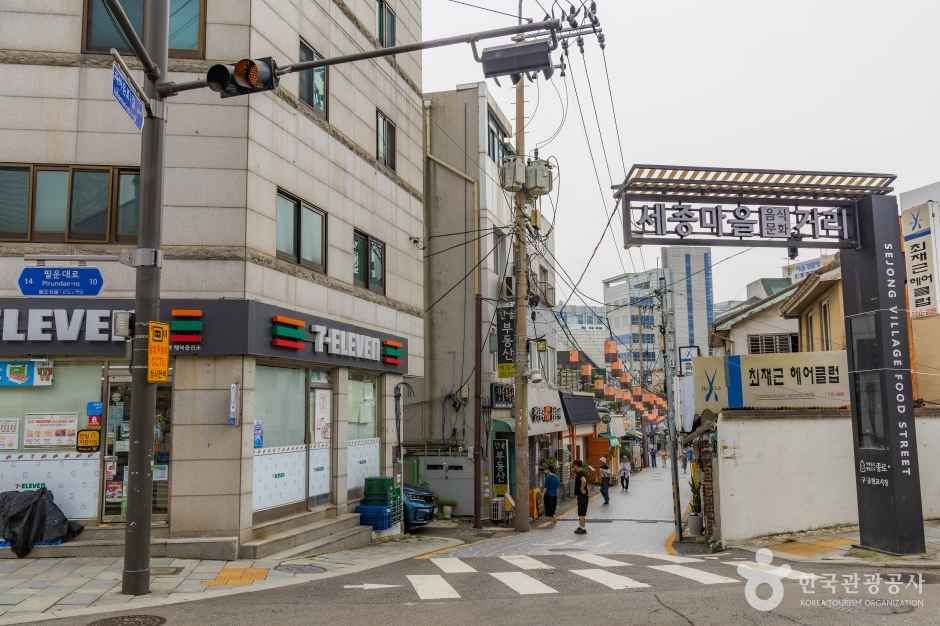
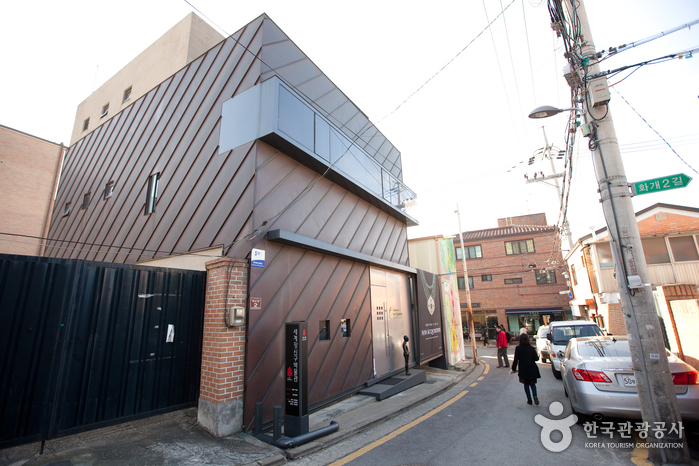
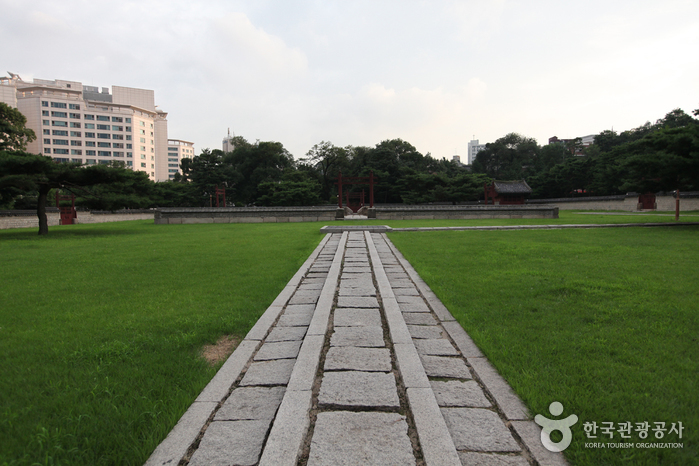
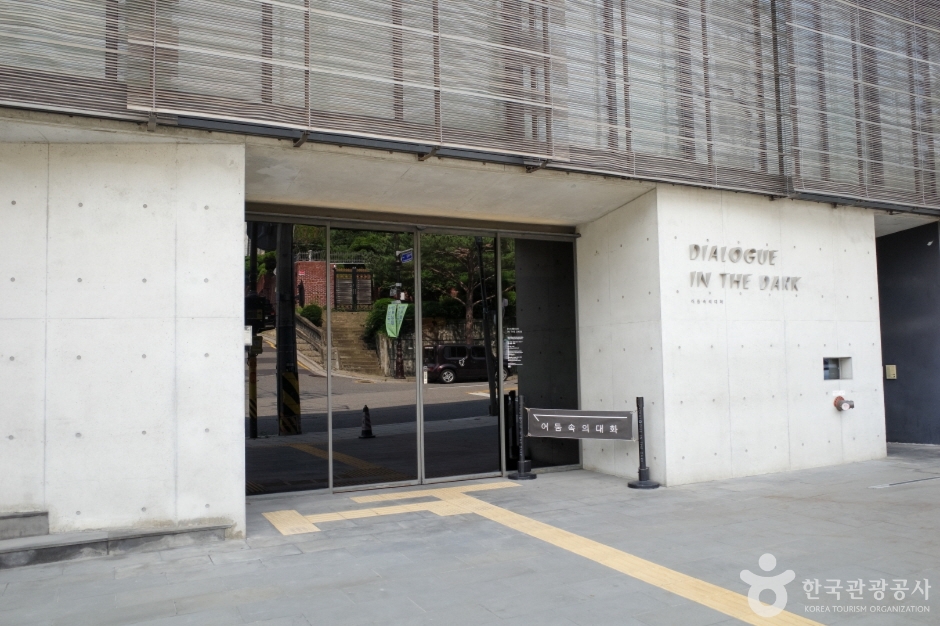
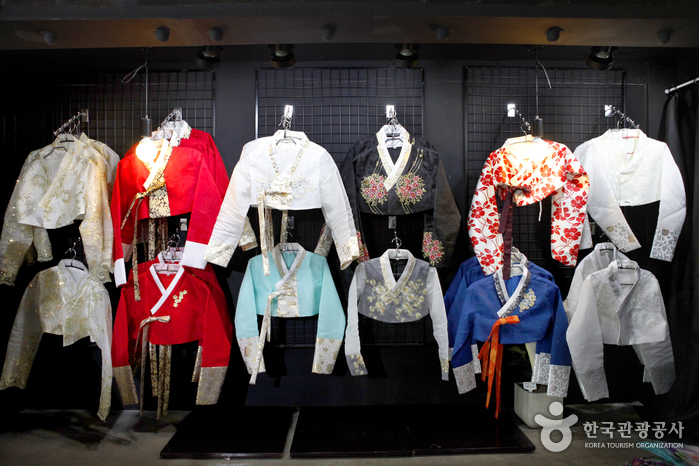
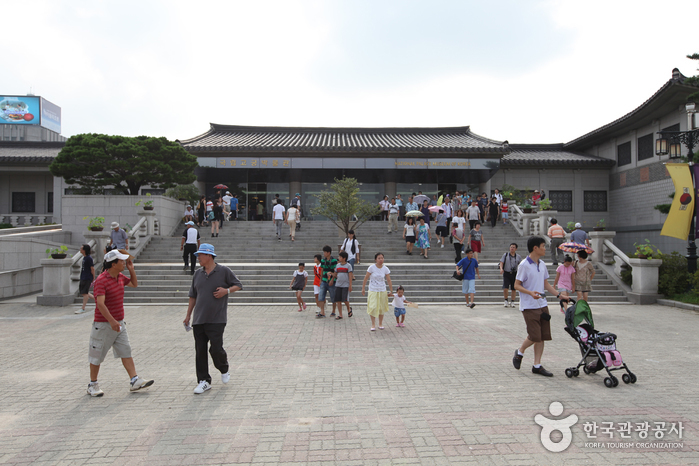
 Français
Français
 한국어
한국어 English
English 日本語
日本語 中文(简体)
中文(简体) Deutsch
Deutsch Español
Español Русский
Русский